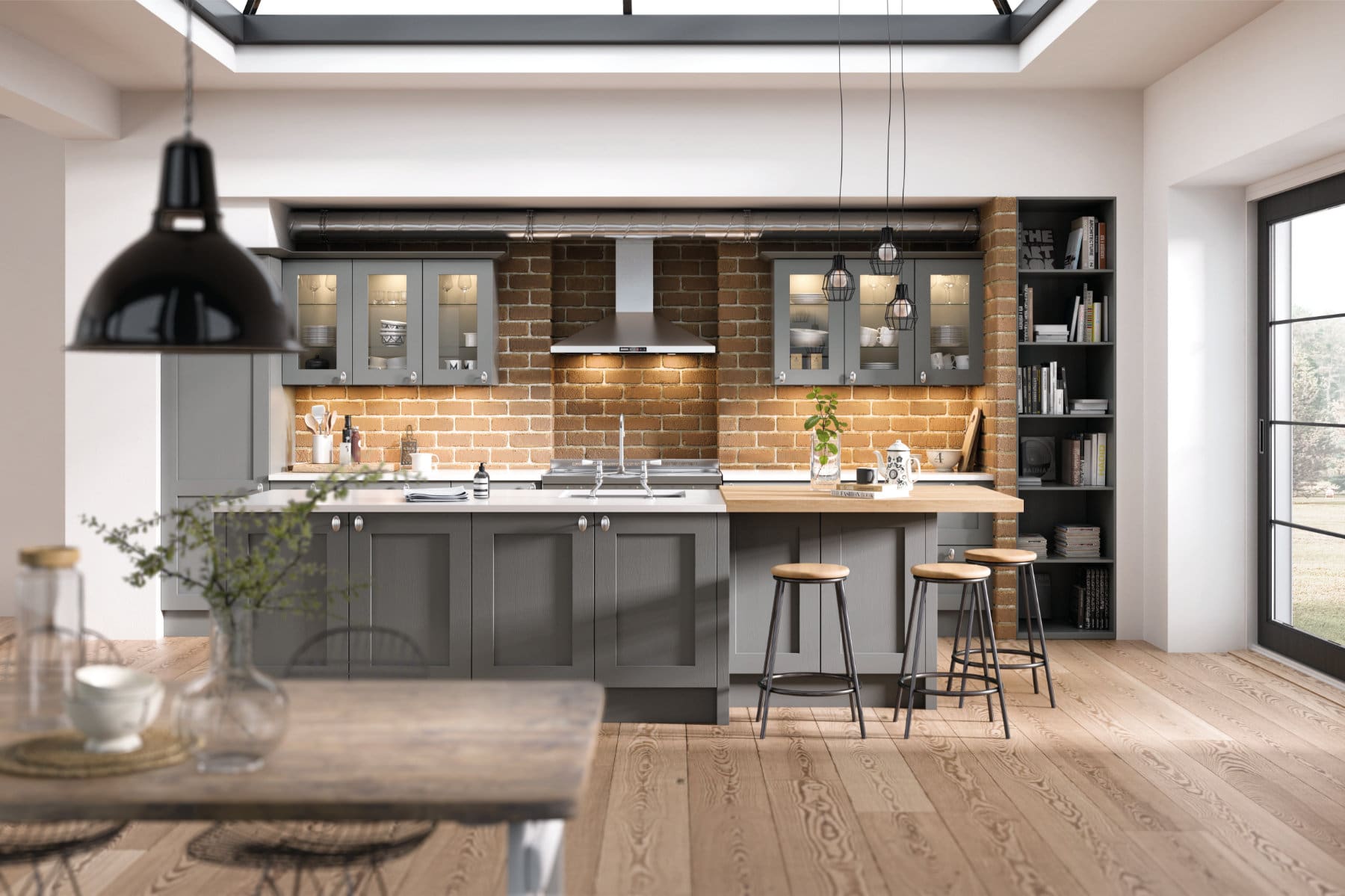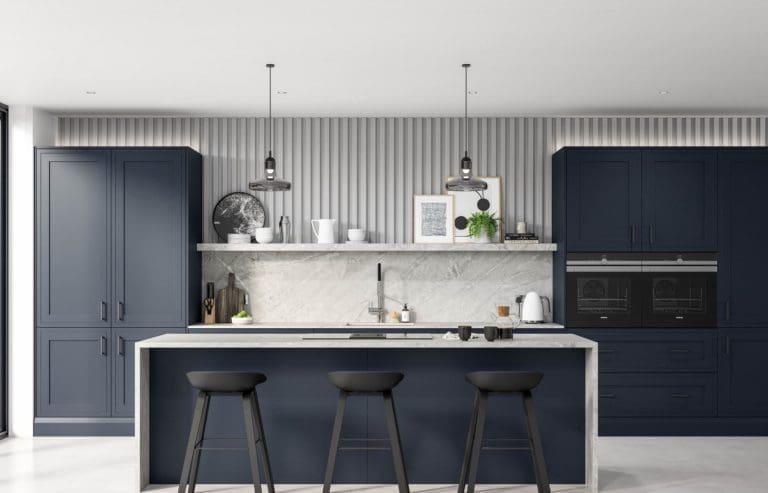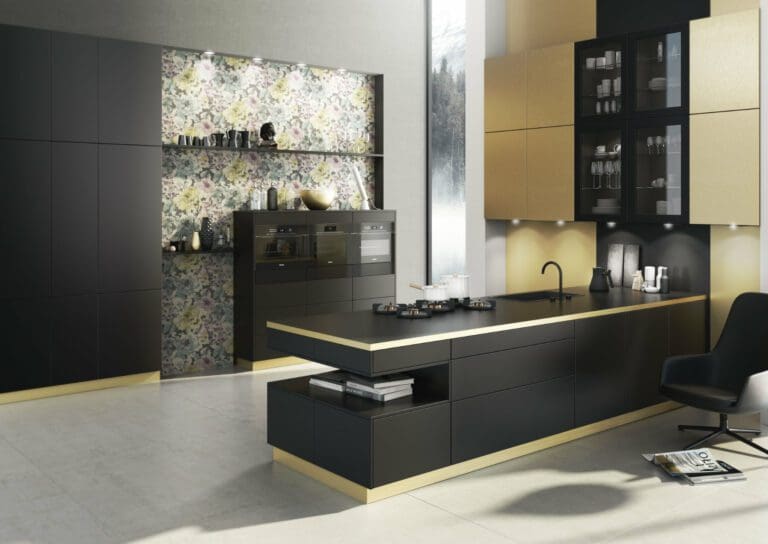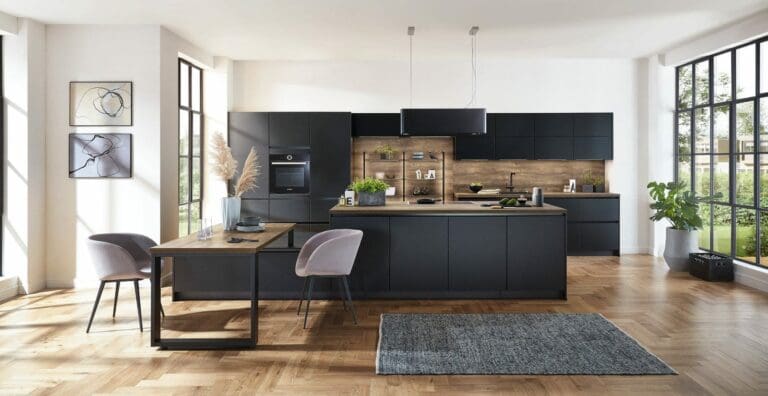How to Future-Proof Your New Kitchen Design: Lasting Style, Function and Value
Planning a new kitchen is an exciting project—but getting it right means thinking beyond what works for you today and to what you will also want and need in the future. A well-designed kitchen should meet your immediate needs but also stand the test of time, both in terms of practicality and visual appeal. Future-proofing your kitchen design ensures that your new investment continues to add value and function to your home and lifestyle for many years to come.
Here, the My Kitchen Specialists provide expert advice on how to make decisions that will give your kitchen lasting quality and flexibility. This includes ideas around kitchen layout, cabinetry, materials, appliances, and sustainable choices to help you get it right, now and in the future as well.
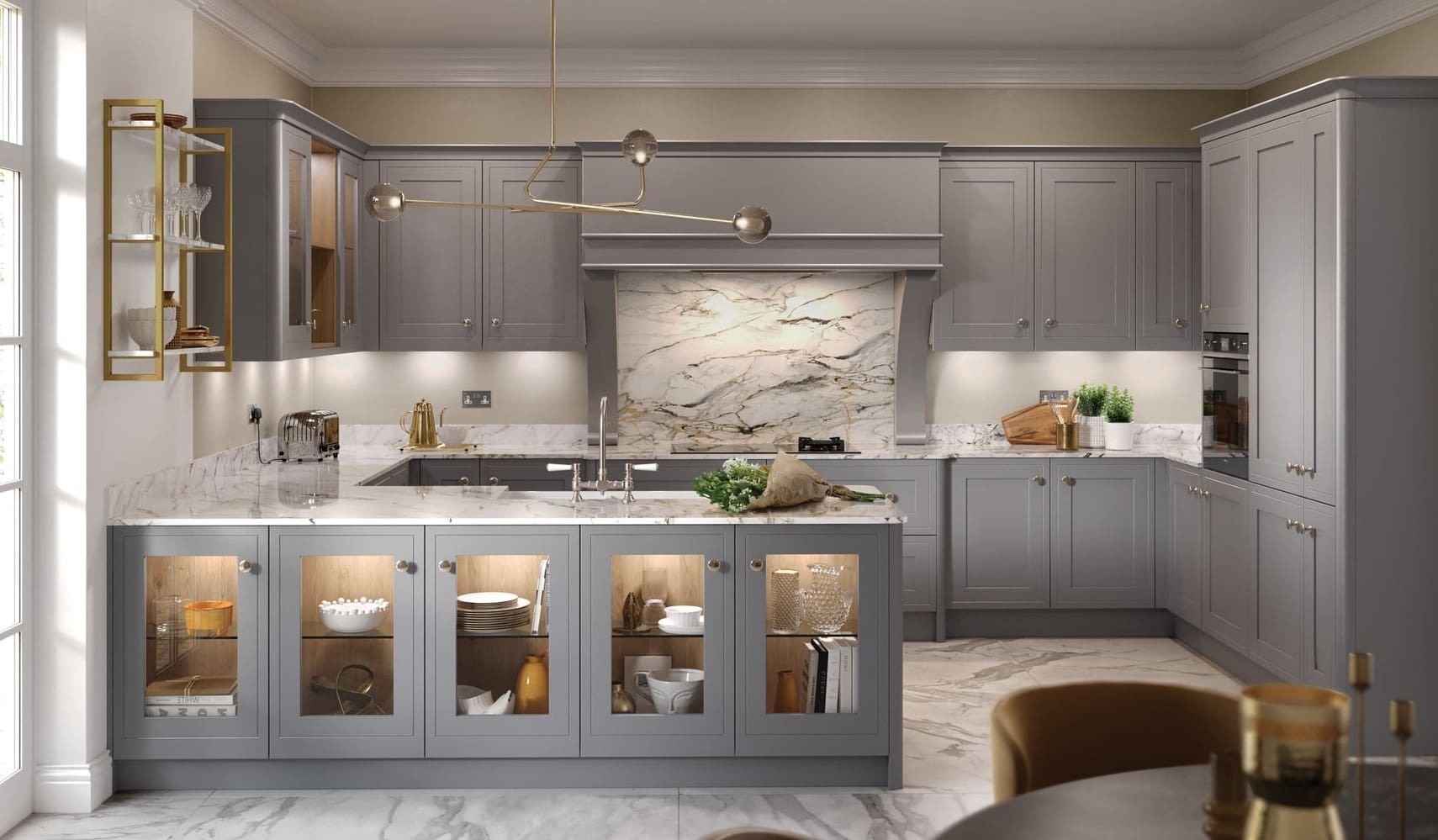
Why Future-Proofing Your Kitchen Matters
A kitchen is one of the most heavily used areas in any home. It’s also one of the most expensive rooms to renovate, so it pays to design it with longevity in mind. By future-proofing your kitchen layout and features, you can avoid costly changes later, keep your kitchen looking stylish, and making daily life easier for years to come. Whether you plan to stay in your property long-term or sell it down the line, a thoughtfully designed kitchen is always a worthwhile asset.
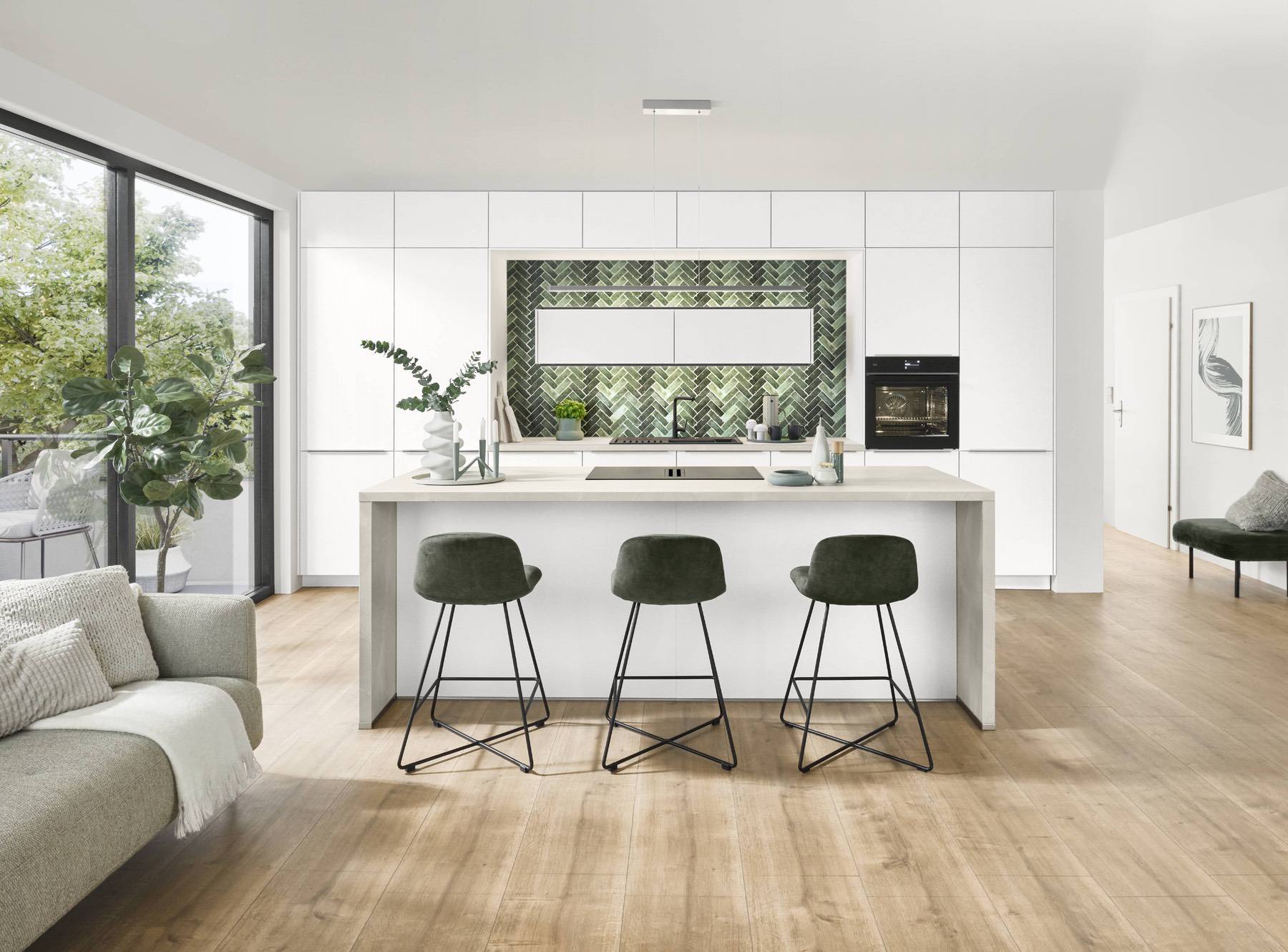
1. Start with a Flexible Kitchen Layout
The way we use kitchens continues to evolve and open-plan living, multi-functional zones, and smart kitchen storage are all common expectations in modern homes. But your lifestyle may also shift, so building in adaptability is crucial.
Choose Zoning Over the Traditional Triangle
The kitchen work triangle—the idea of positioning the sink, hob, and fridge in a triangle—has its place, but modern life often demands more. Consider separate zones for food prep, cooking, entertaining, and even working from home. Zoning allows your kitchen to adapt to how you live, rather than locking you into one rigid workflow. For example:
- Pocket doors and integrated sliding panels allow you to close off kitchen appliances or worktops when not in use, maintaining a clean look.
- A large kitchen island can serve as a casual dining space, prep area, or even a homework station.
- Tall cabinetry from brands like Nobilia or Brigitte can create a pantry zone separate from the cooking area.

2. Choose Timeless Kitchen Cabinetry Styles and Colours
Kitchen trends come and go, but some choices are made to last and will help future-proof your kitchen. When selecting cabinets, focus on finishes that won’t date quickly.
Neutral Doesn’t Mean Boring
Opt for tones like soft greys, muted taupes, off-whites, or natural woodgrains. These form a neutral canvas you can dress up with changing accessories or paint colours. Brands like Alku and Omega offer beautifully crafted shaker kitchen styles in enduring shades that suit both classic and contemporary homes. Alternatively, Ballerina and Bauformat offer modern, flat-panel kitchens in tactile matt finishes and elegant muted hues. These finishes are more forgiving than gloss options and won’t show fingerprints or scratches as easily.

3. Invest in Quality Kitchen Cabinets Built to Last
When planning your new kitchen, it’s easy to overlook the importance of kitchen cabinet construction, but what’s behind the doors matters just as much as how it looks. Look for:
- 18mm solid backs and rigid construction for long-term durability.
- Soft-close drawers and hinges for reduced wear and noise.
- Moisture-resistant interiors that will withstand steam and spills.
Brands like JJO and Ashley Ann produce robust, made-to-order kitchen cabinetry with durable construction and long manufacturer warranties, giving you peace of mind your kitchen will hold up over time.
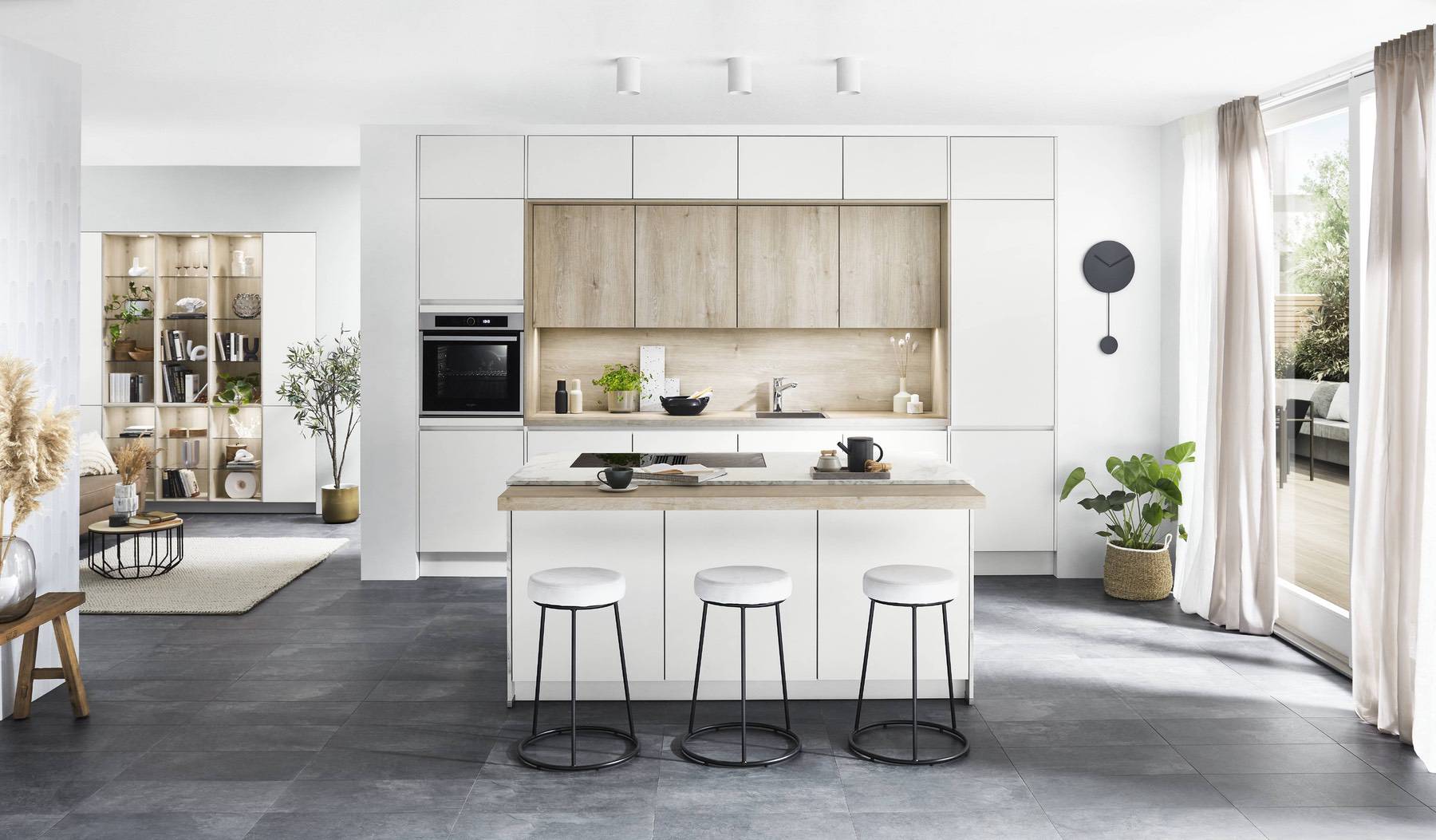
4. Maximise Storage with Smart Solution
Kitchen storage can make or break a kitchen. As your needs change, it’s important your kitchen can keep up. Bauformat and Nobilia excel at clever internal storage systems designed to keep everything in its place and reduce clutter on worktops. To future-proof your new kitchen design, consider:
- Internal drawer organisers for cutlery, utensils, and dry goods to stay tidy and efficient.
- Pull-out larders and corner carousels that make better use of hard-to-reach spaces.
- Deep pan drawers which offer more visibility and accessibility than base cupboards.
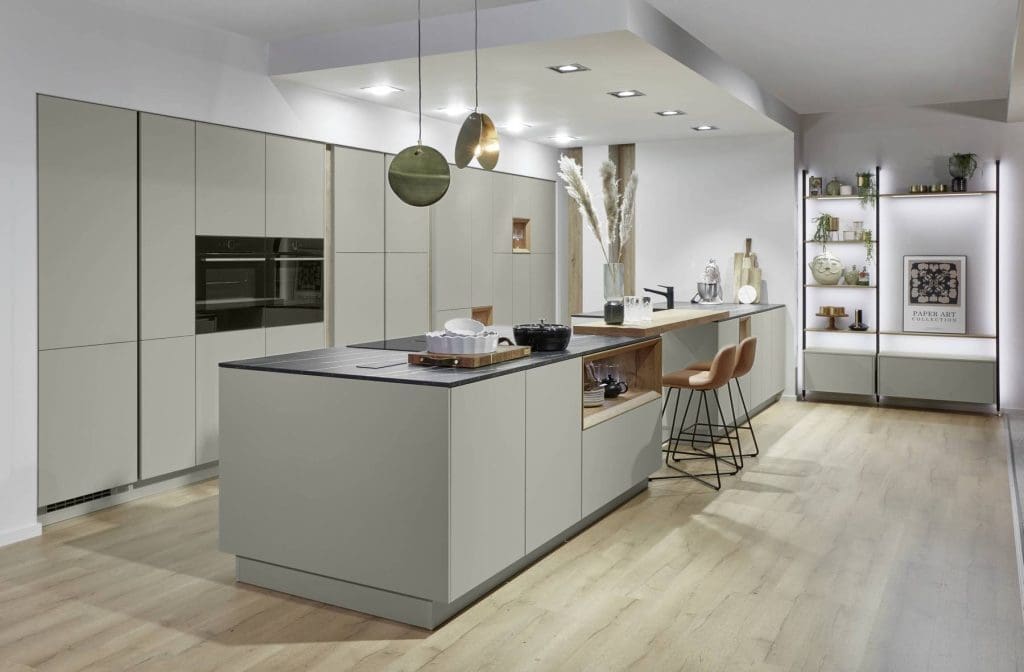
5. Plan for Integrated, Upgradable Appliances
Kitchen appliances move on quickly, with more efficient and smart-enabled features arriving every year. Your kitchen designer can help you create appliance spaces that support future changes, especially with the help of forward-thinking brands like Brigitte or Omega, who design their kitchens with appliance integration in mind. Choose appliances that integrate neatly now but can be upgraded later without a full refit.
- Opt for standard-size appliance housings so you can switch brands or models easily.
- Integrated ovens and hobs with modular designs allow future upgrades without disturbing cabinetry.
- Choose well-known appliance brands with strong aftercare and spare parts support, to ensure longevity and compatibility.

6. Consider Ergonomics and Accessibility
Think about how your needs might change over time. Future-proofing your kitchen means ensuring your kitchen remains functional and comfortable for everyone. Brands such as Nobilia and Ballerina offer ergonomic features as standard, including variable-height units and accessible cabinet internals. Options to explore include:
- Drawers instead of cupboards, which are easier to access without kneeling or bending.
- Wall-mounted ovens at eye level to reduce strain.
- Adjustable shelving and pull-down mechanisms in wall units for better access.
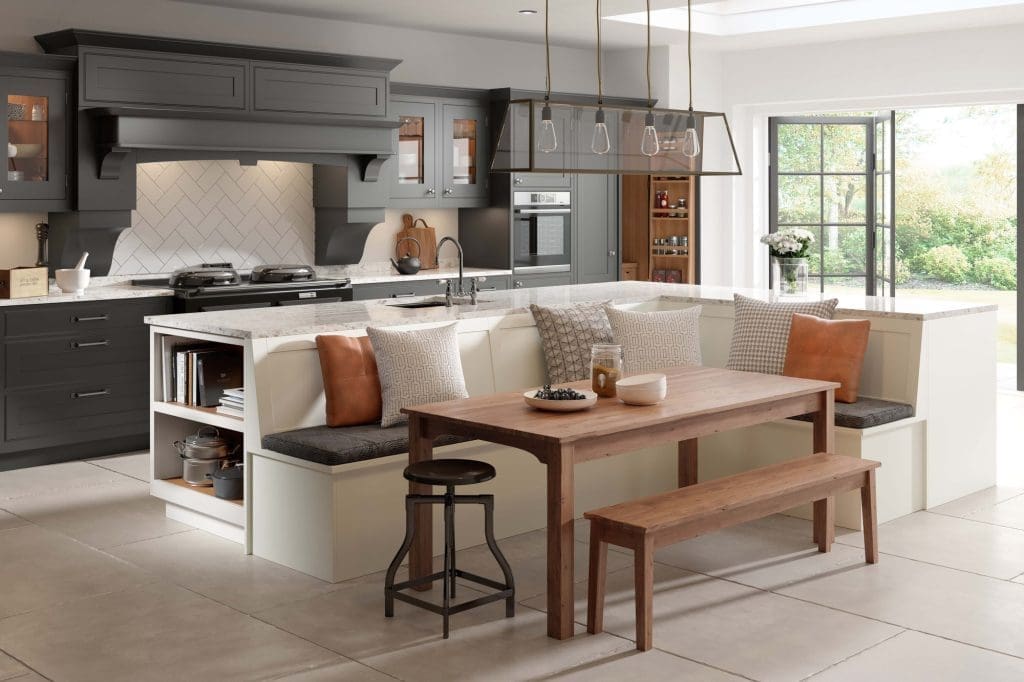
7. Choose Durable, Low-Maintenance Worktops
Kitchen worktops take the brunt of daily activity and need to last, which is why it’s important to choose materials that resist stains, scratches, and heat while being easy to clean. Several kitchen brands partner with trusted worktop manufacturers, ensuring a fully coordinated and long-lasting installation. Always ask your kitchen supplier for guidance on compatibility and guarantees. Recommended surfaces include:
- Quartz composites, which are hard-wearing and hygienic.
- Ceramic worktops, which resist extreme heat and don’t discolour.
- Solid surfaces like Dekton or Silestone, which are seamless and incredibly durable. seating for several people, while a smaller household may only need space for two.

8. Opt for Sustainable Materials and Energy-Saving Choices
Future-proofing your new kitchen design also means making choices that are better for the environment—and for your bills. Ashley Ann and Alku are examples of kitchen brands which offer sustainable cabinetry ranges that meet high standards for environmental responsibility. You might:
- Choose cabinetry made from FSC-certified wood or recycled content.
- Install LED task lighting throughout to save energy.
- Select appliances with A-rated energy labels or better.
- Use boiling water taps to reduce kettle use.

9. Factor in Technology—but Keep It Flexible
Smart kitchens are on the rise, with everything from app-controlled ovens to integrated charging stations. These features can be helpful, but technology moves fast so don’t overcommit to tech that may age quickly, and ensure you leave room in your kitchen design for tech upgrades without needing a full refit. For this, consider:
- Adding USB or USB-C ports in hidden sockets or drawers.
- Installing smart lighting systems that can be upgraded via software.
- Ensure Wi-fi connectivity is strong enough to support smart appliances.

10. Build in Room for Change
One of the best ways to future-proof your new kitchen design is to avoid locking yourself into choices you can’t easily change. Brands like JJO and Omega offer flexible furniture options that complement their fixed kitchen ranges, giving you more freedom to evolve your space over time. Leaving room for change might include:
- Using removable panels for splashbacks or open shelving that can be refreshed with décor.
- Opting for modular freestanding pieces, like sideboards or dressers, in matching finishes to expand storage later.
- Planning lighting zones you can update without disrupting your whole ceiling.
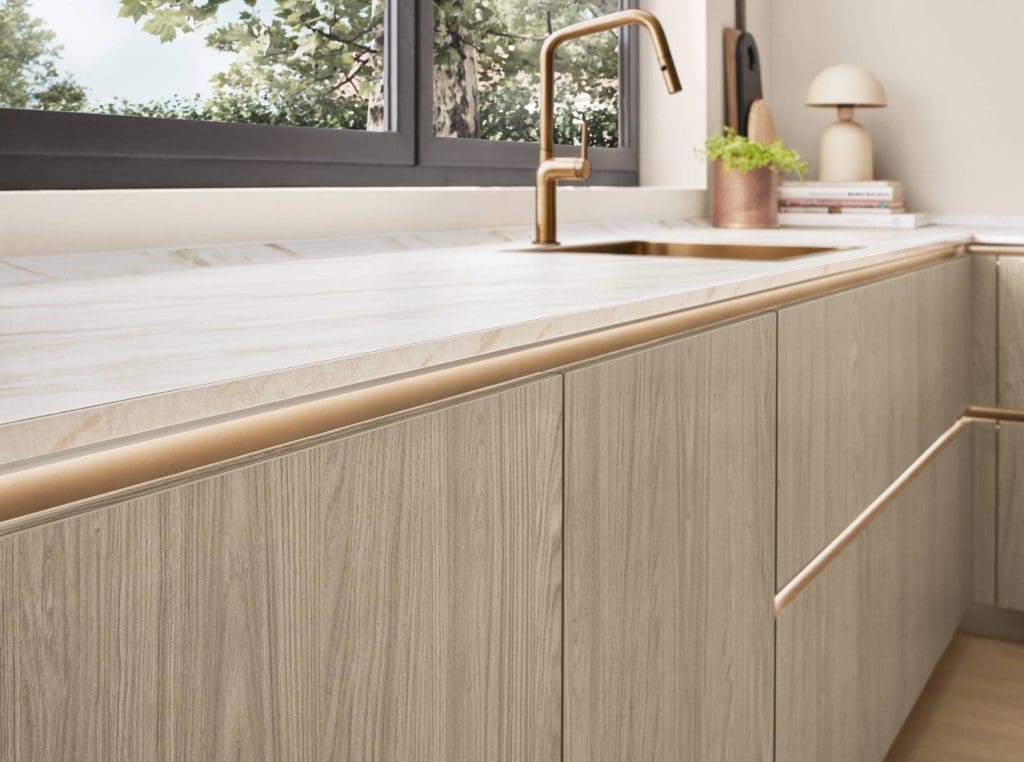
Frequently Asked Questions
- How can I keep my kitchen design from dating quickly?
Stick to neutral colour schemes and classic cabinet styles, and avoid trend-led features that are hard to replace. - Is it worth paying more for better cabinets?
Yes. Higher-quality construction offers better longevity, smoother operation, and often includes longer warranties. - What appliances are easiest to upgrade in future?
Standard-size built-in ovens, hobs, and dishwashers offer the most flexibility. Avoid niche sizes or overly complex integrated technology. - Can a kitchen really be sustainable and long-lasting?
Absolutely. Choose brands using responsible materials, energy-efficient appliances, and durable finishes that won’t need replacing soon. - Do I need to follow the kitchen triangle?
Not necessarily. Zoning based on your lifestyle often provides a more functional layout, particularly in larger or open-plan kitchens.
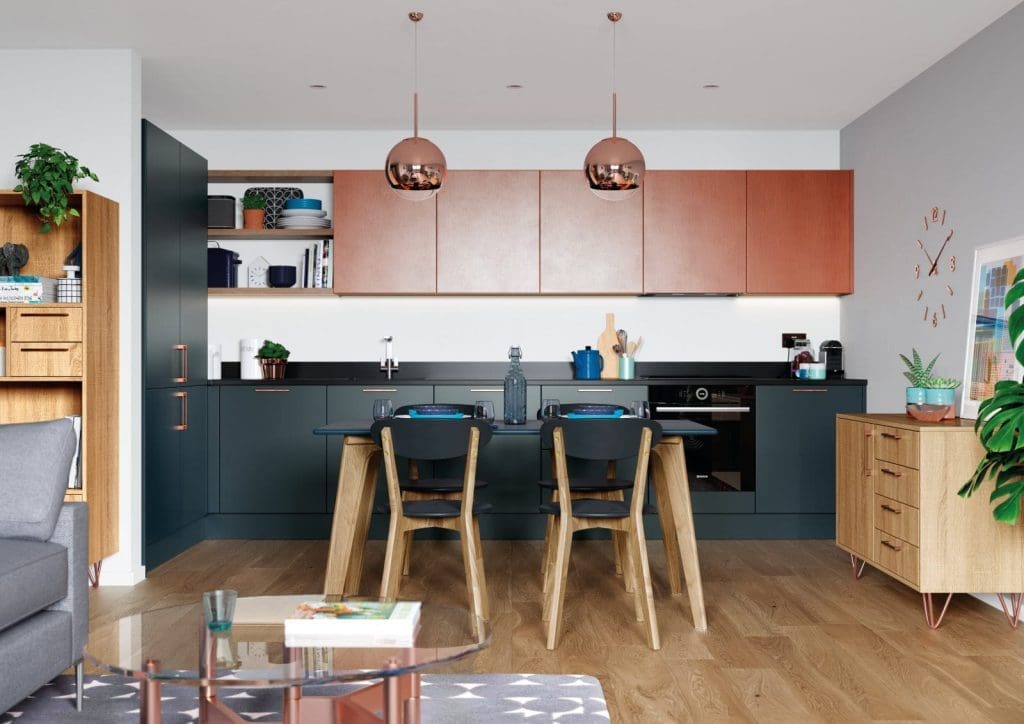
Final Thought: Future-Proofing Your Kitchen is a Smart Investment
Designing a kitchen that works now and well into the future means thinking carefully about layout, materials, and usability. It’s about building flexibility into every element so that your kitchen can adapt to lifestyle changes, technological progress, and design shifts—without needing another full renovation.
By choosing quality products from quality brands, and working with an experienced kitchen specialist, you can create a space that delivers value, performance, and enjoyment for many long years to come.
